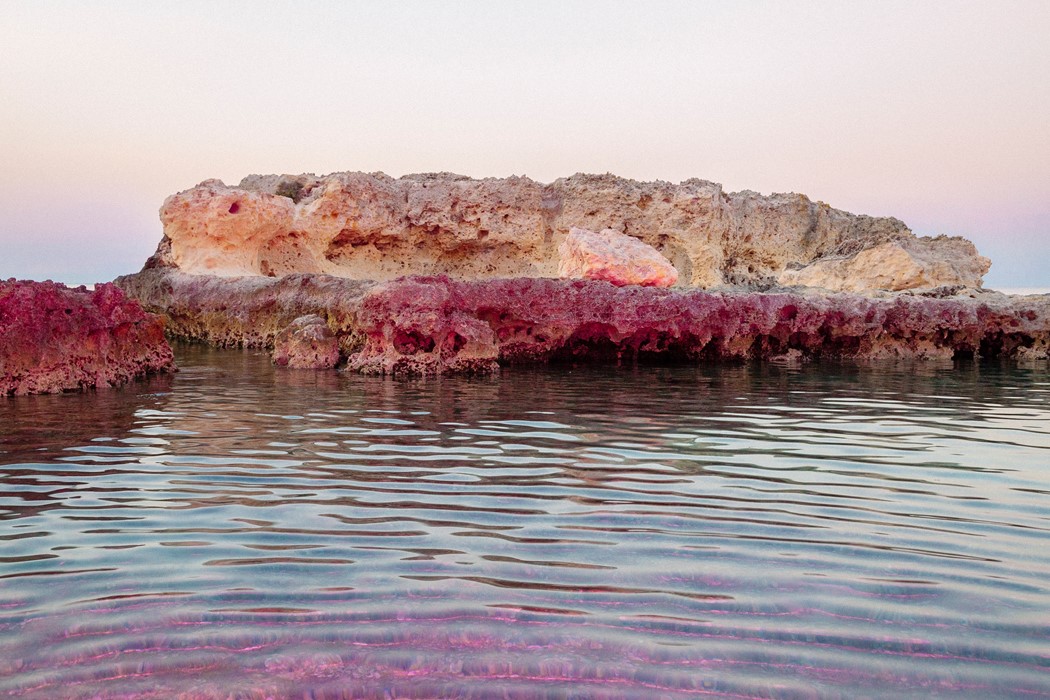The Earth Issue presents a curated selection of artists using their work to force difficult conversations about the environment
It’s no secret that climate change poses a singular and ever-worsening threat to our planet, but the science surrounding the topic can be difficult either to penetrate or to respond to. It comes as something of a respite, then, to discover The Earth Issue, an online collective of artists which was founded to provide a platform for creative thinkers to respond to climate change. Simply by existing, the group bridges the gap between the statistics fired at bewildered bystanders via daily news headlines and those who are keen to do something to help but unsure of where to begin.
Now, the collective has come together to create a new printed publication of the same name. Printed on recycled paper (naturally), The Earth Issue is helmed by editors-in-chief Elena Cremona and Maela Ohana – an environmental photographer and the curator of The Archive Collective magazine, respectively – who fill its pages with work by artists created in response to our environment.
As Cremona attests, works of this type are vital in forming a rounded response to the problem. “I’ve always found that the creation of art is the most honest form of self-expression,” she says. “As a photographer myself, I find it important to use my work as a tool to awaken consciousness, and create a sense of awareness and respect for our irreplaceable landscapes.” Cremona touches on exactly what The Earth Issue does so well: the art on display within it, ranging from photography and film to sculpture and performance, forms an aesthetically pleasing and acute reminder that our planet is quite spectacular, and we should work with gusto to preserve it.
This is a timely effort, too, as Ohana explains: “It’s critical, especially in this time of political upheaval and fear regarding the future of climate change initiatives on the policy level, for as many people as possible to address their personal responsibilities towards the environment regardless of where they stand on the science or arts spectrum.” In support of this sentiment, we’ve selected ten artists from the printed publication who find inspiration in the environment.

1. Wara Bullôt
The Earth Issue confronts every aspect of the environment; not just those that occur naturally, but the constructed human elements that surround us too, and the latter is very much the focus of New Zealand artist Wara Bullôt. Her work looks at the built environment and its development, and the relationship between architecture and landscape. Her images are especially striking for their muted blue and grey colours; distinct lines of structures contrast with the wispy clouds and sparse greenery they sit amongst.
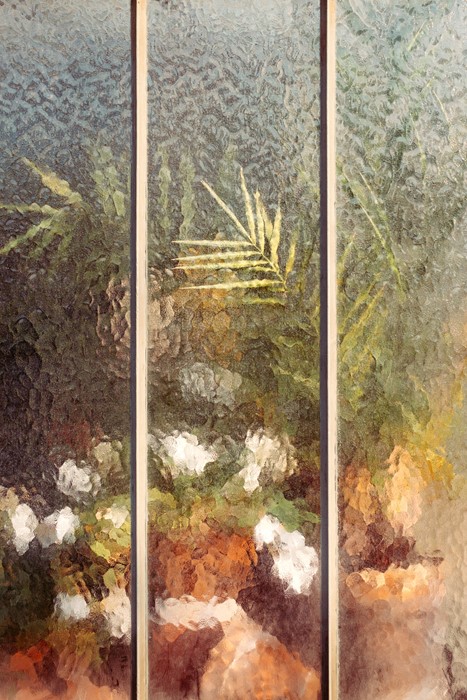
2. Samuel Zeller
Samuel Zeller aims to capture the serene beauty of man-made spaces through his practice, challenging accepted ideas of composition and colour association in the process. The images of his which feature in The Earth Issue are snapshots of scenes through textured translucent glass windows, a technique that produces a tactile and dappled effect reminiscent of impressionist paintings.
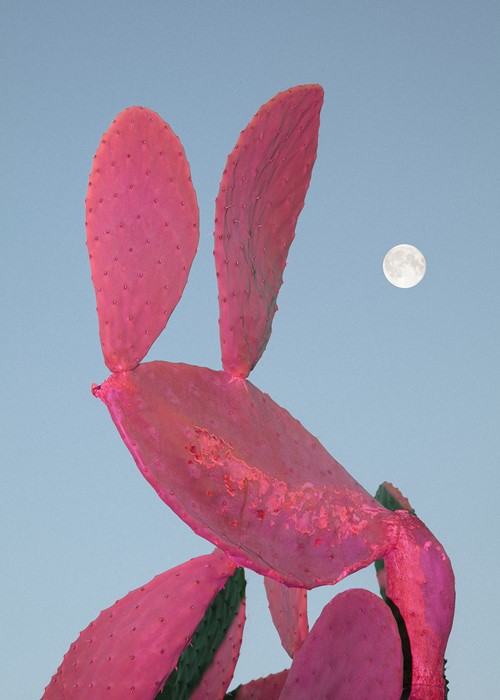
3. Alba Giertz
For Stockholm-based artist Alba Giertz, taking photographs is a cathartic and emphatic process. She looks to her surrounding natural environment to find solace and solidity “in a world that can seem empty and vapid”. The photographs she produces are stark and sombre (her own admission) and wholly mysterious; a shot of a gently rippling body of water beneath rocks tinged with purple hues is titled Your voice was so soft, adding a distinctly human element to the intriguing natural landscape she chooses as her subject.
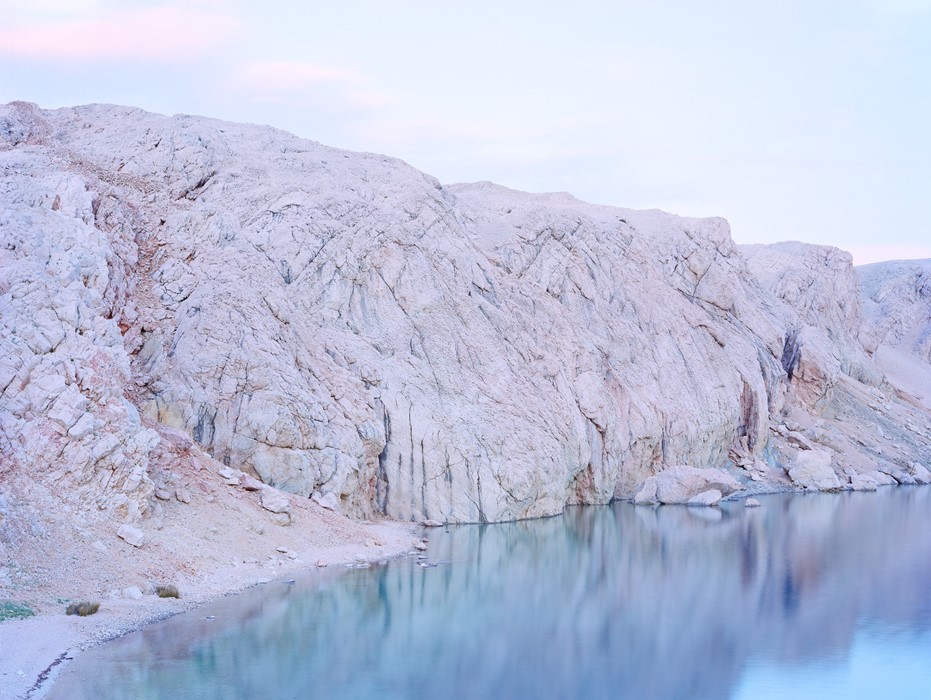
4. Luca Tombolini
Self-taught Milanese photographer Luca Tombolini takes pictures of spaces so untouched by human presence that they are ethereal to the point of fantasy. Pastel shades and an overwhelming stillness dominate, serving to drum up a sense of awe for Earth’s (as of yet) untinged landscapes. The Earth Issue describes his practice as a “meditative inquiry” that relies on Tombolini’s endless sense of adventure, provoking an existential train of thought in their viewer.
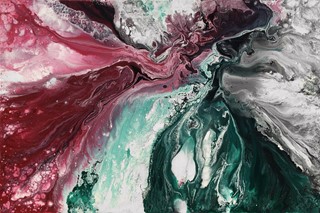
5. Ram Vafa
For art that conjures feelings of tumbling through the gemstone layers of the earth’s crust, look no further than the work of British artist Ram Vafa, whose work is intended remind the viewer of the state of being “a passenger in the process of life” via an increased sense of self-awareness. These enigmatic marbled creations are large in scale and rich in colour, and quite beguiling to look at.

6. Ana María Guerra
Of the myriad pressing environmental issues that we face, the disappearance of corals from the world’s oceans is especially devastating for its rapid progression. Future Fossils is a series of sculptures created by Ana María Guerra that combines dead corals with 3D printed iterations, forming surreal structures that are partly bright in colour and partly a despondent grey hue. This unashamed and direct juxtaposition of the declining natural world and the modern human elements that are detrimental to its survival is exactly what makes Guerra’s pieces so intriguing.
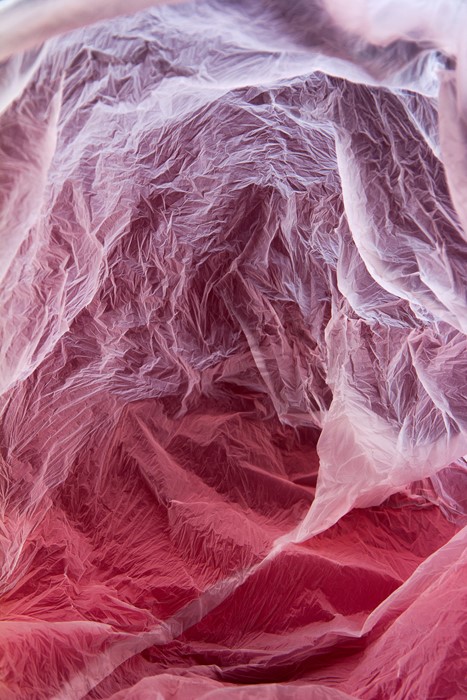
7. Vilde Rolfsen
In Vilde Rolfsen’s photographs, billowing sheaths of plastic envelop the frame and come to resemble something like an ancient rock formation inside a cave. Rolfsen’s aim was to spark a dialogue on plastic; it was the eye-watering levels of waste of the stuff that she witnessed while living in London that inspired these pieces. While her shots do not serve up an immediate and acute hit of guilt over wastage, you cannot fail to confront the issue of plastic and its effects on the environment when miles of it float mysteriously across your view.
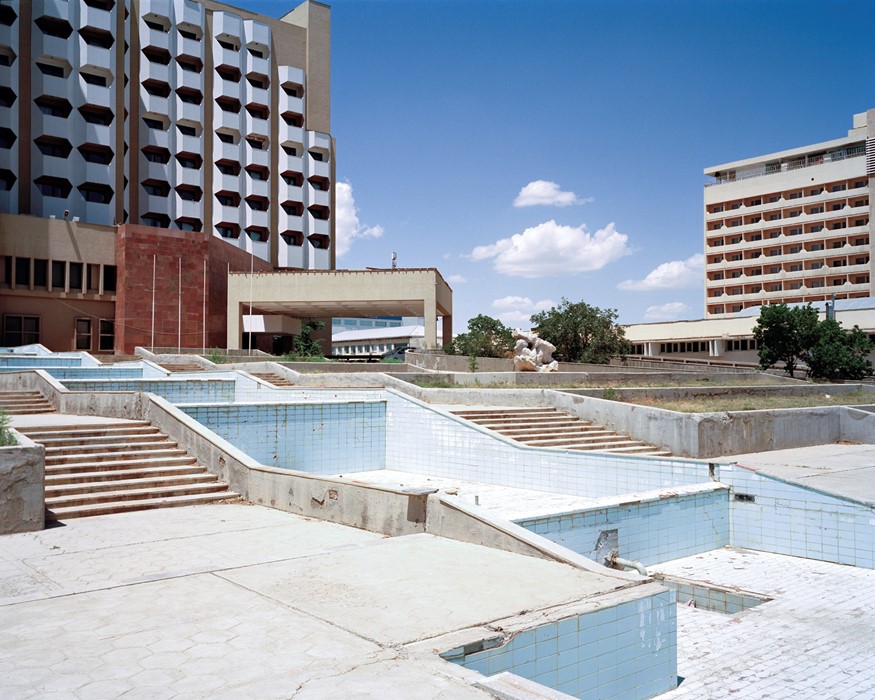
8. Marco Barbieri
Water in the Desert, a collection of photographs by London-based image-maker Marco Barbieri, is founded on contradictions. It depicts the environmental contrasts of Uzbekistan, a landlocked country that boasts plentiful water fountains in parts of its cities, while just around a corner a feature that once carried just as much water is now bone dry. These contrasts are intended to draw attention to the steady diminishment of the Aral Sea, a lake that was once the fourth largest in the world but is now shrinking due to the diversion of its source rivers to Soviet irrigation projects in the 1960s.
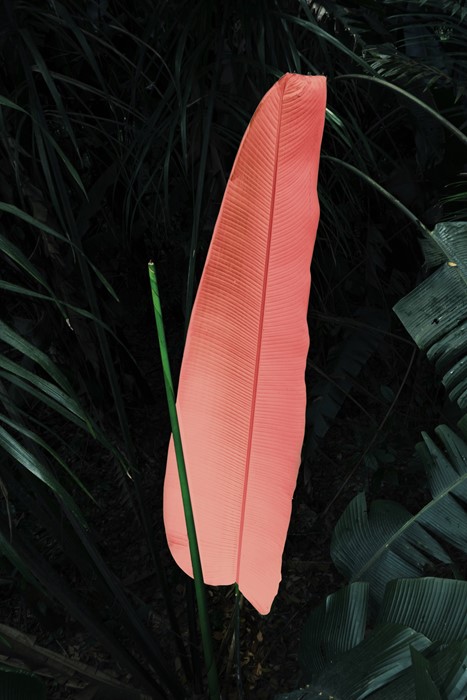
9. Elsa Leydier
Photographer Elsa Leydier takes an approach akin to synecdoche to create her images; she looks to represent the Amazon by engaging in a process of construction and deconstruction of images depicting the region. Through this process she inserts a distinctly human element into the image – one that appears constructed and worlds away from typical photographs of the area. In her own words, it is “A construction made from fragments extracted from glossy magazine pages and from everyday life, paced by the rhythm of the Rio Negro and the Amazon River”.
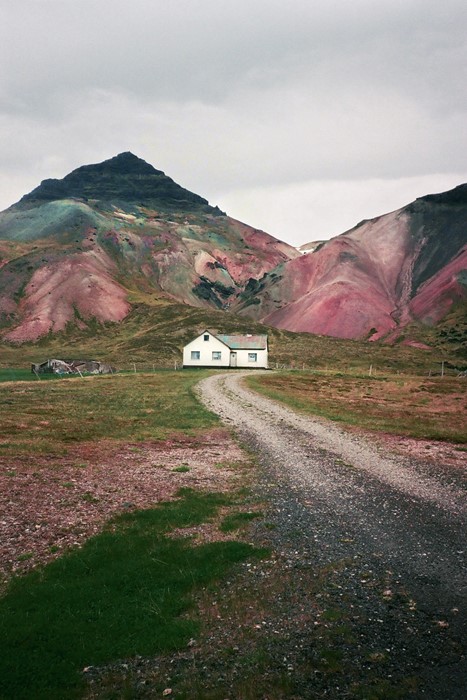
10. Steve Léon Brown
To tackle the subject of human impact on nature and produce photographs that are really very beautiful is no mean feat – especially when the artist responsible takes as his starting point the “growing conflict between nature and humans”. For photographer Steve Léon Brown, it is a fine line to tread between adoration of the natural environment and a fascination with human development, but his images are measured in how effectively they convey the message.
The Earth Issue is available to purchase now.
